
Prelude
Enamored of the city's glamorous life, American writer Emily Hahn extended her stay from several weeks to six years - from 1935 to 1940.
Vivacious Hahn had chosen a life around the Bund. She lived in a Chinese bank building on Jiangxi Road, worked as a reporter in the North China Daily News building on the Bund and partied in the Sassoon House.
A recent visit to the Bund amazed me as the Bund today appeared to be dynamic and poetic. Walking back and forth down the waterfront road with so many examples of handsome architecture, my earliest memory of the Bund was suddenly reawakened. What was really behind each of the buildings, beyond the brief guidebook introductions? I felt a spark of curiosity.
So I decided to restart this column at the Bund, telling stories of the buildings from No. 1 to No. 33, one by one, combining archival extracts and my field visits.
Now please follow Hahn's traces and follow me to explore a bit more of the "billion-dollar skyline."
No. 18 on the Bund, once a majestic bank, is now a vibrant, high-end lifestyle space that both preserves original architectural gems and embraces contemporary function. Michelle Qiao reports.
Balancing historic preservation with new commercial functions has always been an issue with the architecture along the Bund.
No. 18 on the Bund, now widely known as Bund 18, received a UNESCO Heritage Award in 2006 for its efforts to achieve that delicate balance, so that it would be a functioning work of architecture, not a museum.
The five-story, granite-faced Neo-Grec structure was completed in 1923 as the office of the Chartered Bank of India, Australia and China. Founded in London in 1853 and opening a Shanghai branch only four years later, it was among the earliest foreign banks in China.
The English-language Far Eastern Review reported in July 1922 that the 1,755-square-meter, steel-frame structure would be "of heavy, dignified, classic design, Neo-Grec in style with little ornament."
The publication noted a pair of bronze gates made in England, a square vestibule with four Brecchia marble columns, one in each corner, a floor of Roman marble mosaic, and a plaster ceiling.
Like Three on the Bund, which reopened for luxury, commercial use in 2004, No. 18 was designed by architect G. L. Wilson from Palmer & Turner. It too reopened in 2004 with a collection of luxury venues.
 |

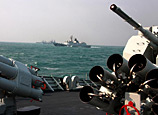

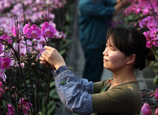
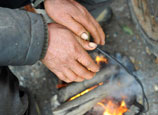
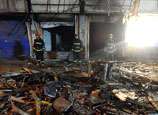

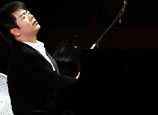
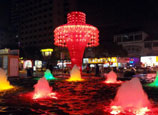
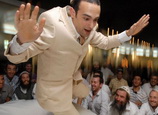






 You may not leave a city because of cold but it may reduce your feeling of happiness.
You may not leave a city because of cold but it may reduce your feeling of happiness.


![]()
